Only a few days ago, SBP’s quarterly report alerted that there is an increasing gap between production and sales of cars, and that the rise in interest rate as well price escalation of domestically assembled cars are discouraging consumers from making these reasonably large purchasing decisions. This column argued that even if car sales are showing growth in the year so far, it is not sustainable (read: “How much is Rs10,000 worth?”, March 28, 2019). Others have presented similar arguments, and for good reason (read: “The anti-boom”, March 13, 2019). It is surprising then that automakers remain unfazed. For the sixth or seventh time in 15 months, Honda and Suzuki have raised prices again while Toyota is expected to follow suit. That is a bummer given that policy rate was further hiked just two days ago.
 At the time of the report, the authors calculated that due to the price increase and interest rate hike, the monthly impact on financing for a typical consumer buying a car costing Rs1.5 million would be Rs10,476. This was likely calculated for numbers in Dec-18 with a price hike on average taken to be 18.4 percent. The closest car that came in that price point last year was Honda City (costing about Rs1.7 million). BR Research estimated that the impact on this car would be over Rs12,000 per month for a car buyer going for financing. By simply taken into account the new price increase (22% for Honda City) and higher financing cost at Kibor+4%, the total impact comes to nearly Rs16,000 per month. Cumulatively, a consumer would pay nearly a million rupees over and above the original price tag compared to last year.
At the time of the report, the authors calculated that due to the price increase and interest rate hike, the monthly impact on financing for a typical consumer buying a car costing Rs1.5 million would be Rs10,476. This was likely calculated for numbers in Dec-18 with a price hike on average taken to be 18.4 percent. The closest car that came in that price point last year was Honda City (costing about Rs1.7 million). BR Research estimated that the impact on this car would be over Rs12,000 per month for a car buyer going for financing. By simply taken into account the new price increase (22% for Honda City) and higher financing cost at Kibor+4%, the total impact comes to nearly Rs16,000 per month. Cumulatively, a consumer would pay nearly a million rupees over and above the original price tag compared to last year.
Automakers had only last month raised prices for cars above 1700cc which had a higher FED imposed on them in a new budget. Meanwhile the price announcements in the past week have come about due to the devaluation of the rupee. Though automakers boast of high localization rates, expensive parts from abroad are still imported which the devaluation makes even pricier. Automakers reason that the price hikes are inevitable, and they may very well be but at what cost? After the latest price bump, the price increases are between 15-32 percent, and more for higher end cars. While automakers want to safeguard their margins, they can’t save their bottom-line at these prices.
Additionally, even if they can justify the prices and take a hit on volumes, will they bring down these mammoth prices if or when the economy stabilizes, policy rate comes down and rupee strengthens? It seems unlikely. More on the implications of this later.


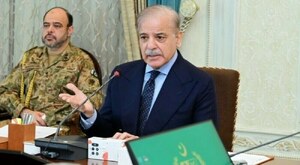



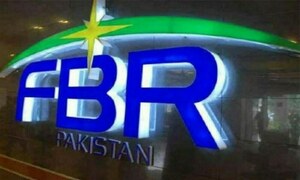




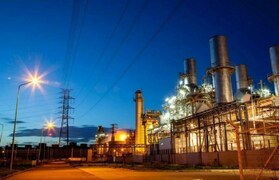



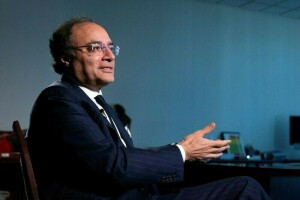
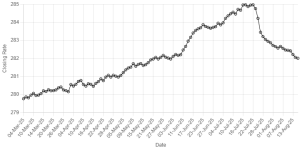




Comments
Comments are closed.